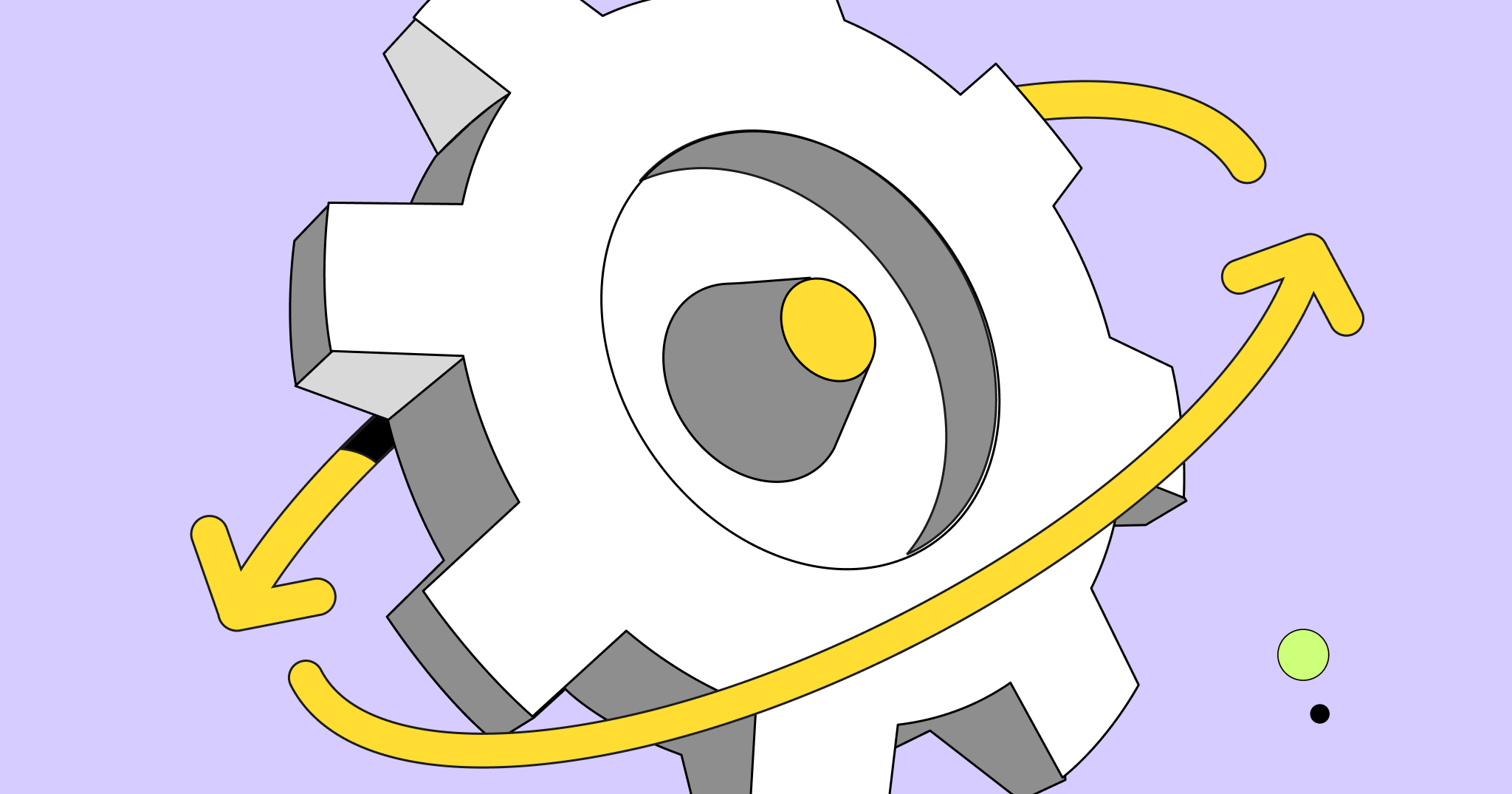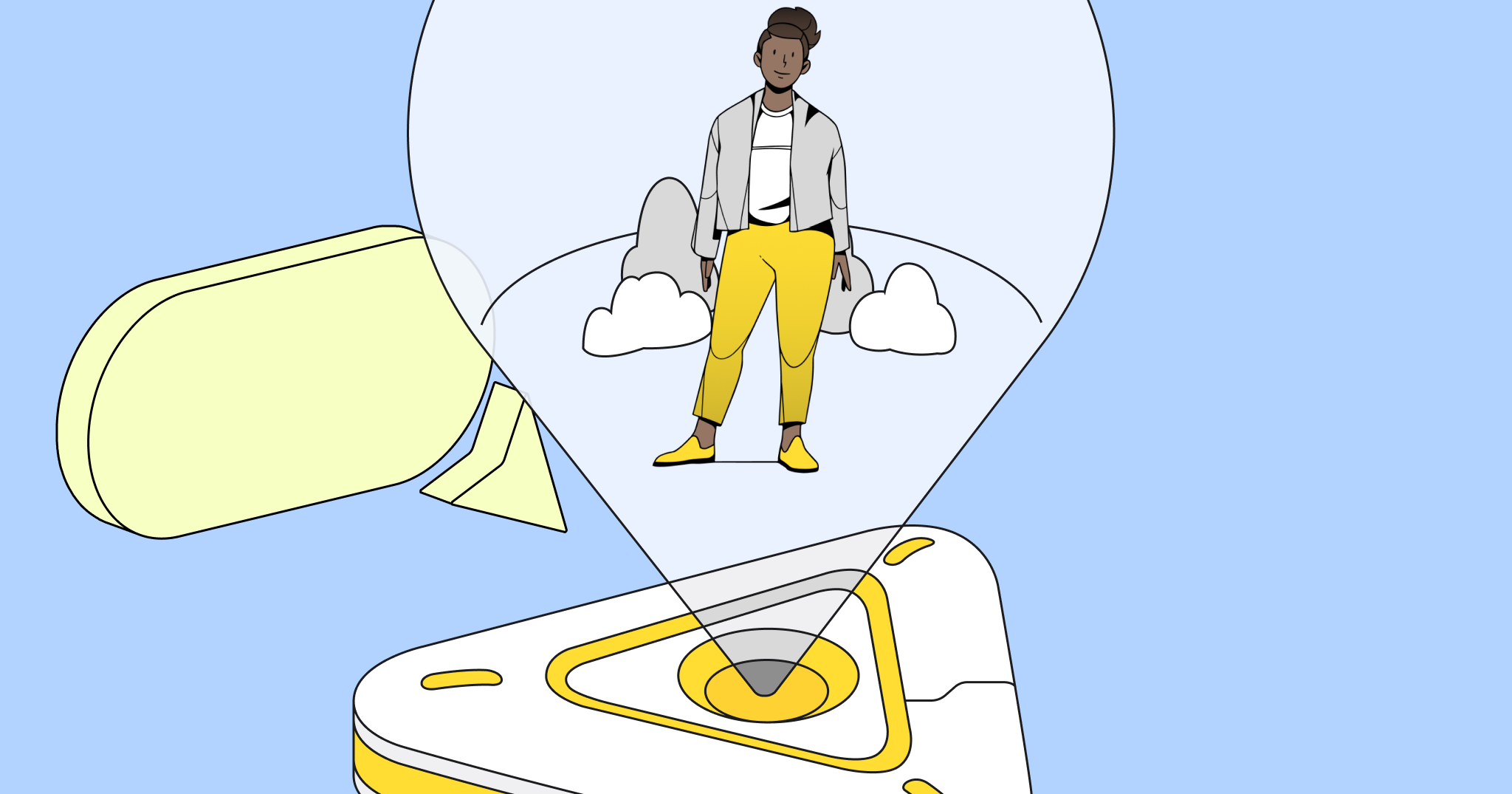Onboarding new people at a company can be a challenge. As a leader, you need to create a process that gives a new hire the ability to understand your team’s unique workflow and goals, and also ensure that they are fully equipped to start working and secure their first wins. These few months are so critical for a new employee, and they can be especially hard if you are working in a remote team. Suneet Bhatt, a general manager at Crazy Egg, a company that grew from 6 to 29 employees in just a year, wrote about the best practices for onboarding people in a remote startup.
Scaling a company to avoid revenue stagnation
As the general manager at Crazy Egg, my main goal is to build the company. Here is what I did first to initiate long-lasting change.
Dance with the team that brought you
The first step, before making any drastic changes, is to see how the current team functions against the company’s priorities, with clear goals and outcomes, clear priorities, and, ideally, with obstacles removed. How does the team perform against its goals? You end up learning a handful of things: Where you’ve set the wrong goal (customers don’t want it)? Where you’ve failed to equip your team (they don’t have all the tools, team members, or skills they need)? Where you’ve failed to communicate effectively (documentation, alignment, definitions, nomenclature can get in the way)? Lastly, if you have the wrong person in the role.
It’s important to set a structure at the company where if things go wrong, it’s your fault as the boss. If you can foster that environment, more people will feel comfortable leaning into their errors. It’s not easy. It takes a while to build up trust. But when you get it, you get a culture that’s transformative.
Start with the customer experience
Okay, but how? Keep it simple and align your teams with the customer experience. To me, teams are groups of people who have everything they need to solve a problem. They have someone who thinks about the business, someone who thinks about the experience, someone who builds it, and someone who helps determine if it’s a success. That could be two people, or it could be five; it’s not about the number of people, it’s about the functions being well covered.
If you prioritize the customer experience and set the right metrics, everyone is always focused on their own metric but also mindful of where the customer has been and where they’re going next. Each person is thoughtful about their work and about the teams around them. Everything starts with the customer. By aligning your team with the customer experience, you see what works well and what doesn’t.
Structure, goals, expectations – with those in place, you will very quickly learn where customers aren’t happy. You’ll learn what your team can or can’t do, and you’ll learn where you have the right people, tools, and strategies. We started really listening and paying attention to our customers, and they started giving us feedback and ideas. The best ideas, however, came from our best people who felt equipped in their new roles. We have had very few “new” ideas in the past 12 months; what we have done instead is put more good ideas (old and new) into play.
Pay attention to the company you want to build
I’ve spent my career talking about the idea of paying attention and being aggressively helpful to customers. We used to have a lot of outsourced knowledge but very little customer empathy. A majority of the team hadn’t used the product, let alone spent any time trying to solve a problem like our customers had.
We moved everyone in-house and focused on people using the product and talking to customers so we could build things customers want. Customer feedback and customer engagement have demonstrated that we’ve gotten this right or, at least, made a big improvement.
Crazy Egg organizational structure
Customer Success
This team is hosted by our COO (she is also head of customer success), a full-time customer evangelist, and a contractor who moved over from our QA team.
Growth
Hosted by our head of marketing and featuring a product marketer, our most tenured designer, and dedicated engineering support.
Product Development
Hosted by our product lead and a senior UX/UI designer, supported by a rotation of strong product engineers.
Infrastructure
Hosted by our CTO and featuring a team of engineers who focus on building a wide range of infrastructure projects, from restructuring our entire billing system to thinking about the next evolution of our product.
Data
Hosted by our head of data and business intelligence as well a senior data engineer.
Innovations
Hosted by two of Crazy Egg’s founding members (Hiten Shah, leading strategy and innovative products, and John Butler, our CTO turned chief innovations officer) and supported by a senior engineer and senior designer.
Integrations
Hosted by our head of strategy and business development and supported by two engineers.
Best practices for onboarding remote employees
When you are growing fast as a remote team, there are a lot of factors that you need to consider to speed up iterations and sustain the company’s culture at the same time. We’re writing this with the assumption that you’ve already cracked the code on hiring. It’s important to note that the best onboarding processes always start with thoughtful, honest hiring experiences that reflect your company at the outset.
Start with a paid project
At some point, an interview can only tell you so much. Regardless of the position, the last step of the interview and the first step in joining Crazy Egg is a paid 30-day project. The project is on the team they’re projected to join, it’s in the flow of our current work (we try to onboard people at the start of a sprint), and it’s tangible work. We clearly set the expectation that the entire process is as much about them evaluating us as it is about us understanding their contribution to Crazy Egg in practice.
Onboard in cohorts
A cohort is a minimum of two people. By bringing people on together (ideally folks who will work together), we start creating shared experiences across the company. It’s good for the new team members, but it’s also easier for the company – onboarding takes time and energy. By having a steady, structured cadence and cycle, you balance the integration of new people with the completion of existing work.
Assign hosts and stewards for each new cohort
We have squad hosts (not team leads) who create an environment for people to feel comfortable collaborating. New hires meet their host when they first join. We also have functional stewards (not technical leads or project managers) who are there for technical support. If you’re a marketer, you’ll need a marketing expert or the head of marketing to train you. That person is your functional steward. Although you may be on a specific team with a focus on an outcome, you also want feedback from functional experts on how you do your work and make your contribution. We’ve chosen the names “host” and “steward” deliberately because of the environment we want to create: one that’s collaborative and equal, and also has accountability for squad organization and performance.
We also have people to guide new hires’ career and functional development. We don’t have a leadership team; instead, we have what we call “reinforcements.” We pay attention to how people are doing and provide support to remove obstacles. When they need help, when they’re struggling, when they need additional support for ideas, they call in the reinforcements.
Pay it forward with a log and succession planning
“This is what I’ve learned. This is what was new. This is what worked, and this is what didn’t.” Ask people to document what they’ve done and then put it into action. We ask members of each cohort to take a primary role in the onboarding of the cohort that follows them. Onboarding stays fresh and up to date, and the team becomes invested in one another. We’ve had people host onboarding four months after joining, and others, after a mere two weeks. It hasn’t failed us yet. This idea was borne out of necessity. The first person I hired when I joined Crazy Egg, Cecilia Haynes, was great at documenting her experience. When we hired our next cohort, I simply asked her to document, share, and build a pathway forward for new people. From there, we’ve continued to pay it forward through 20 new hires.
Make space for personal connection
When someone new joins, I ask teams to introduce themselves. “This is my role, these are the questions you can come to me for, and here’s a fun fact about me.” New hires get messages from people whom they probably never would have met, and at the end of the first week or two, they’ve met everyone in the company. Most of these take place in Slack, which is great too, because everyone ends up having some DM history with every member of the team.
Pay attention
When you hire a new employee who hasn’t worked remotely before, you have to be patient and actively manage. You have to care more and pay attention to your people for a distributed environment to work. You can’t let people hide. You have to find a way to connect with them.
I coached one colleague about compartmentalizing her day. If you have too much to do, then compartmentalize. Give each day a theme, and focus on that work. If editorial work is on Monday, and someone gives you editorial work on Thursday, you’ll get to it on Monday. It’s transformed her approach to work in general. She’s able to be hyper-productive.
Respect boundaries
I set alarms for myself to wake up at 1am to check in with people who are in different time zones. I’m fully available; that’s my job. But you have to set boundaries. Part of that is setting a good example. My calendar is blocked every day from 6:45am to 9am. I wake up my kids and take them to school. I’m not on until 9am. I’m offline from 5:45pm to 8:15pm when I pick up my kids and get them to bed. If anyone looks at my calendar, they’ll know when I’m available and when I’m not. I’m also very good at declining meetings. If someone books a meeting during family time, I decline. Part of it is training folks how to behave in a remote environment. You have to communicate and share information so people know what you’re up to. On the flip side, you have to communicate your boundaries, and we have to respect them.
Looking for a tool to tie a remote team together? Try Miro free
How to build strong relationships in a remote team?
Besides onboarding, there are some important methods that have helped me keep everyone on the same page.
Clarify the message
Reinforce the company message over and over again. In some cases, it’s going to take three or four months. One of the principles I outlined for 2019 is being aggressively helpful to our customers. It took three months for it to click. I had to say it a hundred different ways. How patiently do you communicate? How patiently do you test different messages and channels? Do you film it? Do you do it in a town hall? Do you write an article? Do you share a link? Do you write a post? Do you give feedback in the moment?
Unify the tools
In the beginning, everyone was communicating in a different document or format, and you couldn’t find information. Remotely, it was even more brutal. I shut down a bunch of these applications and established unified sources of truth. We have a super-organized Slack channel. Everything has to be discoverable in Jira and Confluence – that’s an important point.
Embrace the social contract
I’m not going to force people to use a tool that they don’t like; I want them to feel creative. But we have to balance that with what their team members need – it’s about the social contract. This can mean the tools we use and how we use them. For example, we’ve committed to Confluence, but some people love creating in Google Docs or Quip. We let people create where they want to create, but everything has to be discoverable in Confluence. Slack is for conversations. Jira is for assignments. InVision is for project collaboration, and very recently, Miro became the place for large-scale coordination across major projects.
Create structure for alignment
The atomic unit for Crazy Egg is the daily update. Every day, everyone describes one thing they did the day before, one thing they’re focused on today, and any obstacles. If they’re involved with a project, you can see the project they’re associated with and the daily update.
Our smallest actions have to roll into the largest, and vice versa. Specifically, daily updates roll into weekly meetings, which feed into two-week sprints. Sprints operate in six-week cycles. Every six weeks we have a town hall, where we talk about what we accomplished. Every quarter, we wrap up our goals so we know what we’ve done and what we can do better.
We’ve put a lot of thought into our structure, but with every new team member, we change, adapt, or update something. Our company changes with every new person we hire, and it’s important that the culture and the company feel as organic and full of life as the people who’ve built us (past and present).
To build a successful distributed startup, you have to build and earn trust. Everyone has their approach; to me there’s value in being clear, reinforcing messages, and trying to be transparent. Things will change. New opportunities and obstacles will present themselves. If people are surprised by a challenge or an opportunity, that’s a challenge you can recover from. However, if the team is surprised by how you handled a challenge or an opportunity, that’s an altogether different challenge. Even if you’ve made the right decision, if your decision making has surprised them, it’s not a healthy sign for your process.
Profile
Crazy Egg
300,000 websites use Crazy Egg to understand what’s working on their website (with features like Heatmaps, Scrollmaps, Referral Maps, and User Recordings), fix what isn’t (with the Editor), and test new ideas (with a robust A/B Testing tool).
Founded: 2005
TEAM: 29 people
Founders: Hiten Shah and Neil Patel




